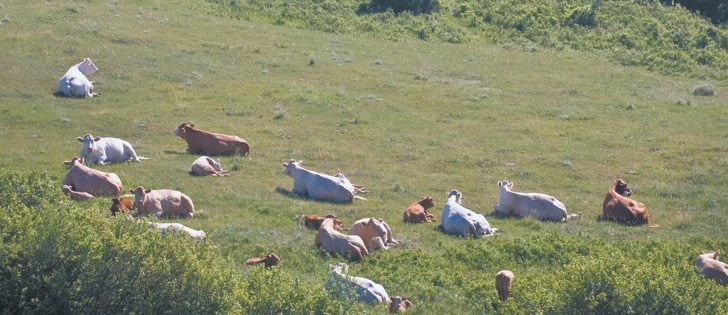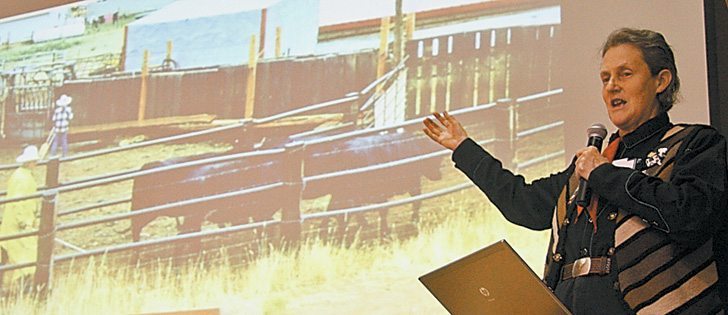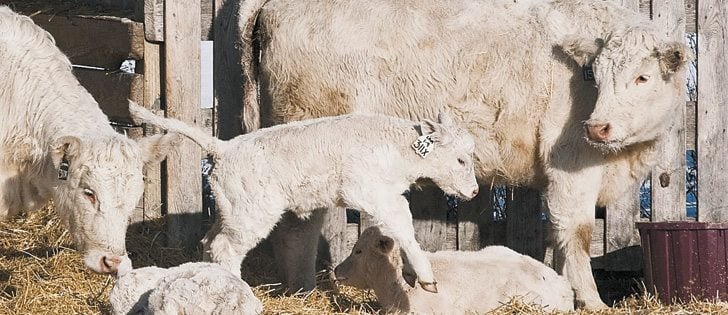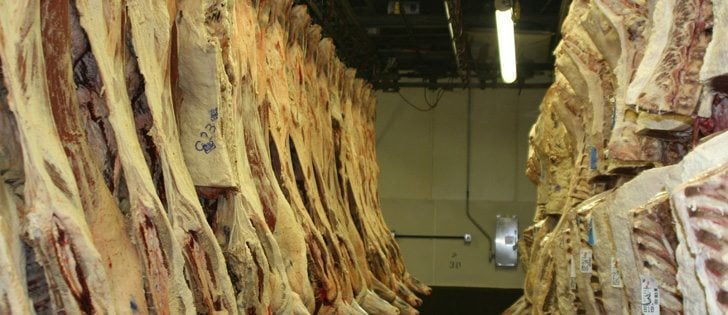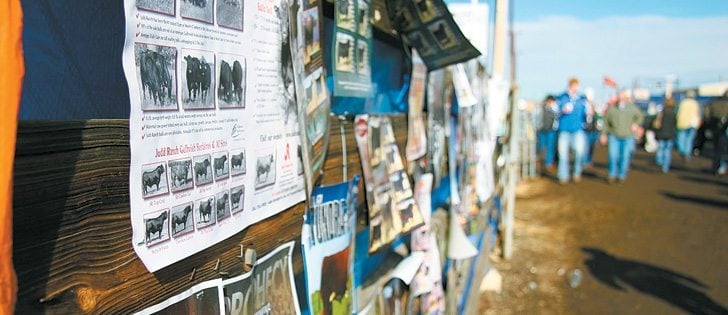DENVER, Colo. — A major study hopes to assess the beef industry’s carbon hoofprint in the United States.
Announced late last year, the study involves the National Cattlemen’s Beef Association and BASF Corp., which will measure the industry’s water and land use and establish how beef production contributes to greenhouse gas emissions.
NCBA president Bill Donald is confident the industry will be shown as environmentally responsible, but the association is also willing to take it on the chin if some practices are found to be harmful.
Read Also

Feds propose overhaul of chronic wasting disease control program
Chronic Wasting disease control program getting updated by Canadian Food Inspection Agency with feedback encouraged from producers.
“We really do have a good story to tell and we are reducing our carbon footprint as we go ahead with the efficiencies we are gaining, so there is not a lot of fear that we are going to get bad news,” said Donald, a cow-calf producer from Montana.
Preliminary results are due this summer, which will lead to research projects on further improving environmental care and raising more beef on less land. An improved set of best management practices for continuous improvement in the beef cycle is also expected.
“It is not an end destination, it is a journey,” Donald said in a Jan. 10 interview at the International Livestock Congress held in Denver.
“We are always going to be progressing and this is going to give us a benchmark of where we are at a given point in time.”
Jude Capper of Washington State University told the congress that previous studies indicate beef’s environmental impact has been reduced by 30 percent with improved animal productivity. However, improvements are often overlooked when facing a louder and better funded anti-livestock campaign.
Her field of study focuses on quantifying the environmental effects of dairy and beef production systems.
The cow herd has shrunk in the last 40 years, but the resulting calves are yielding larger carcasses. Fewer cattle release less methane and use less land and water.
In 1977, an average steer needed 606 days to achieve the average carcass weight of 603 pounds. By 2007, the average steer reached market weight in 482 days and yielded 773 lb. of beef.
About 97 percent of U.S. beef cattle go through feedlots. While Capper said she is not opposed to other systems, grass fed programs require more time for animals to finish.
Land use would increase by an extra 131 million acres, or 75 percent of the land area of Texas, if all U.S. beef was grass fed.
Emissions would increase by 134.5 million tonnes of carbon dioxide, which is the equivalent to emissions from 26.6 million cars.
Water use would increase by 468 billion gallons, which is the annual use by 53.1 million American households.
Consumers may think grass fed is safer, but she said it would require an extra 64 million head of cattle to produce enough beef to meet current consumption requirements.
Capper said statistics on current impacts from the red meat and dairy sectors should be questioned.
She said dairy and red meat production equals 3.05 percent of total carbon emissions, so following the fad of switching to a meatless Monday makes little difference because it reduces carbon emissions by less than a half percent
“I am not saying we should not try to cut our entire carbon emissions, we absolutely should, but to think we can make this huge difference by not having red meat and dairy just doesn’t make sense because it is a really small number,” she said.
Water scarcity is an increasingly important issue, but livestock production is not using as much water as some data in the popular press suggests.
A water footprint report said 1,857 gallons of water are required to produce one pound of beef. However, the report said it takes a feedlot animal three years to produce 441 lb. of boneless beef.
The reality is most animals are slaughtered at 14 to 16 months and produce an 800 lb. carcass, which means it takes 367 gallons to produce a pound of beef.
“This number becomes very dangerous when it is out there as fact. Numbers make people think it is true,” she said.
However, livestock producers have plenty of room to reduce environmental impacts.
“We all have our place, whether it is organic, grass-fed, corn-fed. We can all improve efficiency from the birth of the animal to the arrival of the beef at the grocery store,” she said.
Improved pastures and better forage varieties can reduce the time it takes to reach target weights. In-creased growth rates and feed efficiency using improved diet formulations can also produce more beef on the same land base.
Producers need to aim for more live calves per cow because the latest statistics suggest 89 percent of cows wean a live calf, which indicates 11 percent of the herd is lost, making less beef available.


